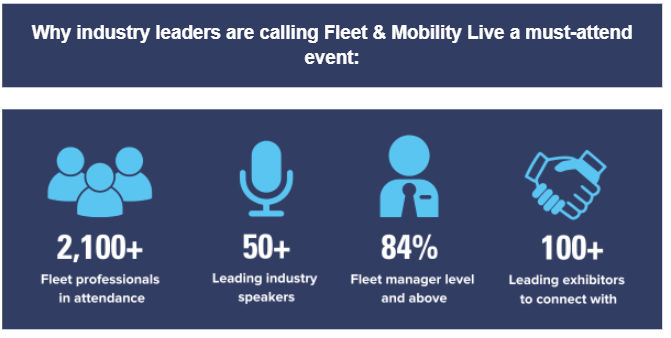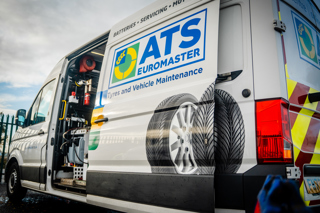Warranty claims for electric vehicles (EVs) are 30-50% higher, on average, than for comparable internal combustion engine (ICE) vehicles, new research suggests.
Analysis of EV warranty claims for 2023/2024, by Warranty Solutions Group (WSG), found that the most common issues involve battery charge control modules, costing an average of £1,311 to repair, power distribution boxes (£747), warning lights (£875), and shock absorbers (£588).
The battery is the most expensive component with replacement costs significantly higher than most ICE engine repairs, typically ranging between £8,000 and £12,000 on standard cars.
WSG’s research comes after Epyx analysed service, maintenance and repair (SMR) costs for thousands of vehicles on its database and found advantages in both the amount spent and the number of garage visits for EVs compared to ICE cars and, to a lesser extent, for hybrids.
At the end of the first year of operation, the average SMR spend for an EV was £141 compared to £195 for hybrids and £199 for ICE, according to Epyx analysis.
By year two, the Epyx data shows it was £174 for an EV, £266 for hybrids and £290 for ICE, with the gap widening even further in year three.
The comparable SMR costs for an ICE car were 81% higher at £401 than the £221 reported for an EV in year three, and £341 for hybrids.
Furthermore, in terms of garage visits, the average for EVs was 1.13 at the end of year one compared to 1.17 for hybrids and 1.21 for ICE.
By year two, the comparative figures were 1.18 for EV, 1.29 for hybrid and 1.31 for ICE.
At the end of year three, the figures were 1.36 for EV against 1.53 for hybrid and also 1.53 for ICE.
John Colinswood, CEO of WSG, said “There is much industry discussion about the cost of EV repairs compared to internal combustion engine vehicles.
“Many studies show that electric vehicles have lower servicing and maintenance costs than petrol and diesel cars because they have fewer moving parts that can fail.
“However, not all repair shops are equipped to handle EVs, and specialised knowledge is needed to safely work on high-voltage electrical systems. This drives up labour costs, as repairs often require trained professionals, sometimes through the manufacturer or specialised dealers.”
According to Gartner Research, by 2027, next-generation battery electric vehicles (BEVs) are expected to cost less to produce than equivalent ICE models.
However, it is estimated that the average cost of an EV body and battery repair after a serious accident will increase by 30%, according to WSG.
“Unlike ICE vehicles, which can be serviced by a wide range of independent mechanics, EVs rely more on manufacturer-certified technicians and parts, limiting competition in repair services and keeping prices high,” claimed Colinswood.
“EVs also depend heavily on sophisticated electronics and software, making diagnostics and repairs more complex and expensive than with ICE vehicles.”
He argues that insurers and brokers need to understand the risks associated with alternative fuel vehicles (AFVs) and develop appropriate premiums for this emerging market.
He explained: “Data already shows longer repair times due to safety requirements and higher parts-to-labour ratios because manufacturers often mandate part replacements, especially in comparison to ICE vehicles.
“Insurers will need to consider these factors when setting premiums. As more data becomes available, it will provide greater insights into these differences.
“By combining an honest discussion about repair costs with a positive outlook on the benefits of EV ownership, motor dealers can build trust and encourage buyers to invest in extended warranties.”
A new vehicle risk rating (VRR) system to improve the accuracy of vehicle insurability assessments has recently been launched by Thatcham Research.
Developed with the motor insurance industry, the new model introduces a more dynamic framework for evaluating vehicle risks, evolving the longstanding group rating system.
With the rise of electric vehicles (EVs), advanced driver assistance systems (ADAS) and software-driven functionalities, Thatcham Research says that it recognised the need to modernise risk assessment.
The new vehicle risk rating system uses market performance data, collected in collaboration with vehicle insurers, to account for dynamic factors such as advancements in technology, an increased focus on sustainable repair, and emerging theft trends. This, says Thatcham, will offer insurers more granular insights into vehicle risks.

























Login to comment
Comments
No comments have been made yet.